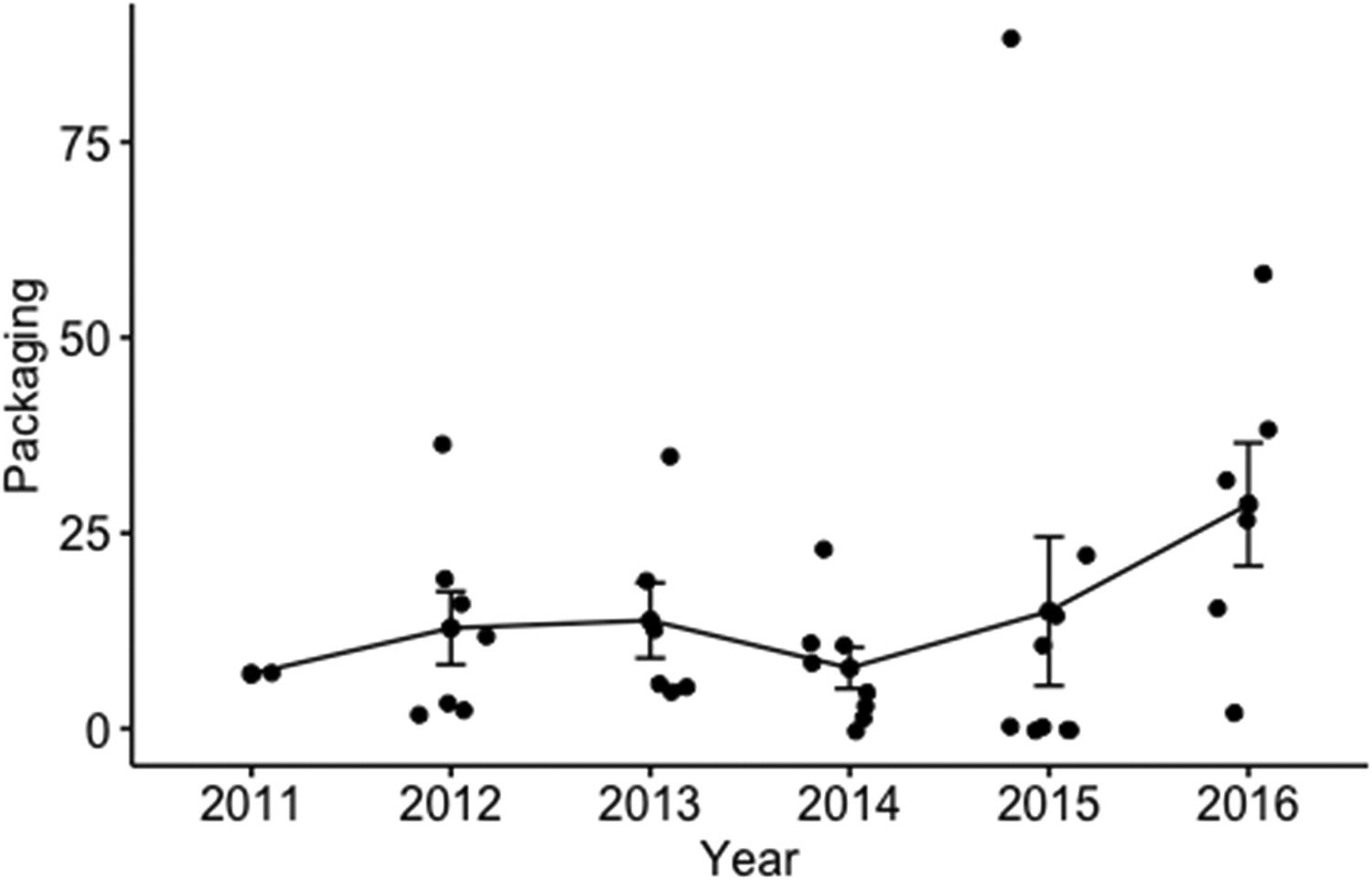
It is clear that plastic pollution in the marine environment is a huge problem, impacting ecosystems and coastal communities. Different levels of government around the world are responding to this threat by introducing policies aimed at preventing plastic pollution.
One policy is extended producer responsibility (EPR). EPR policy shifts the responsibility for waste management of a product from government to producers, which provides incentives to producers to prevent waste from being generated in the first place and helps develop effective recycling systems.
EPR has been a proven tool in communities for diverting waste from landfill, however, the effectiveness of EPR has never been assessed in terms of reducing plastic marine debris. To be able to do this, data on shoreline pollution levels before and after EPR is introduced is necessary. Data collected by citizen scientists is an important source of information and in many places the only information available. British Columbia, Canada has had an EPR program for packaging material in place since 2014.
Our research uses available citizen science data to demonstrate that there has been no reduction in shoreline pollution levels of certain packaging types after the introduction of the policy. Our findings highlight some limitations when using citizen science data for a purpose it was not intended for and that to effectively evaluate prevention of plastic pollution in the marine environment, policy interventions require monitoring programs tailored to their specific requirements.
This research was conducted by CLEAR alumni Lucas Harris, M.Sc. and can be found in the 2020 article, Using citizen science to evaluate extended producer responsibility policy to reduce marine plastic debris shows no reduction in pollution levels in the Journal of Marine Policy.


2 Comments
Comments are closed.